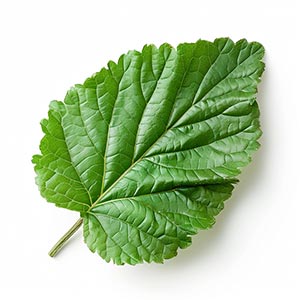Patchouli Leaf, recognized for its distinctive aroma, has been a significant element in perfumery for centuries. Originating in Southeast Asia, patchouli became popular in the Western world during the 19th century, often associated with the exotic and the bohemian. Its deep, earthy, and musky fragrance makes it a unique and sought-after ingredient in perfumes. Patchouli is known for its grounding and balancing qualities, and its scent is often described as intoxicating and sensuous. It blends well with various notes, including floral, citrus, and woody scents, providing a rich base or an intriguing middle note in a fragrance. In addition to its olfactory qualities, patchouli has been used in traditional medicine and aromatherapy for its soothing and anti-inflammatory properties, further adding to its allure in the world of fragrances.
Natural or Synthetic?
Patchouli Leaf is used in both its natural and synthetic forms in perfumery. The natural essential oil, obtained through steam distillation of the dried leaves, is highly valued for its authentic, complex scent. However, due to variations in crop yield and quality, synthetic alternatives are also used. These synthetics aim to replicate the characteristic patchouli scent and provide consistency in fragrance formulations. Synthetic versions are also a cost-effective alternative, ensuring the availability of the patchouli scent in a range of perfumes.
Fragrance Families Patchouli Leaf Most Commonly Found In
Show fragrances that contain Patchouli Leaf as a note



